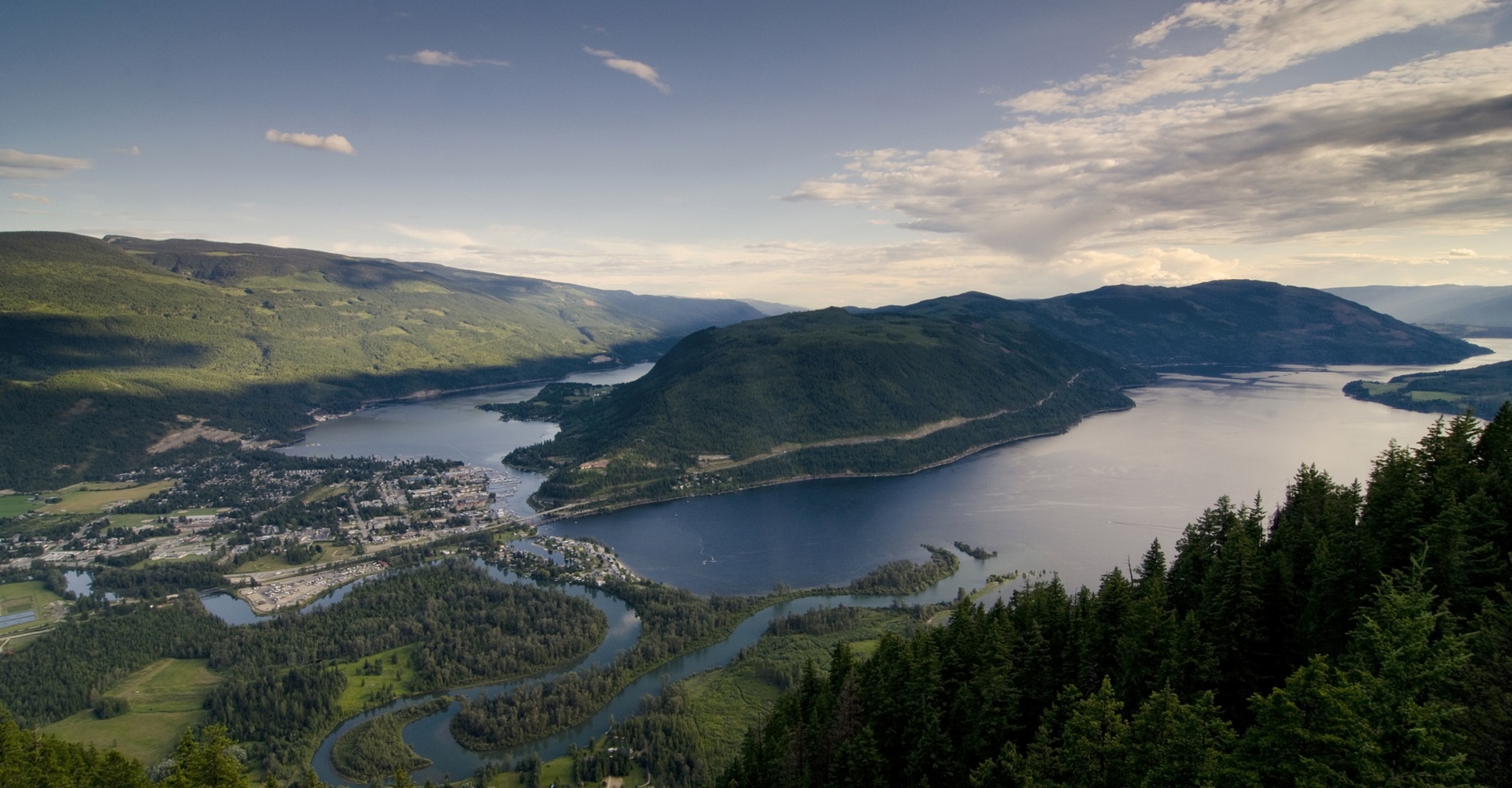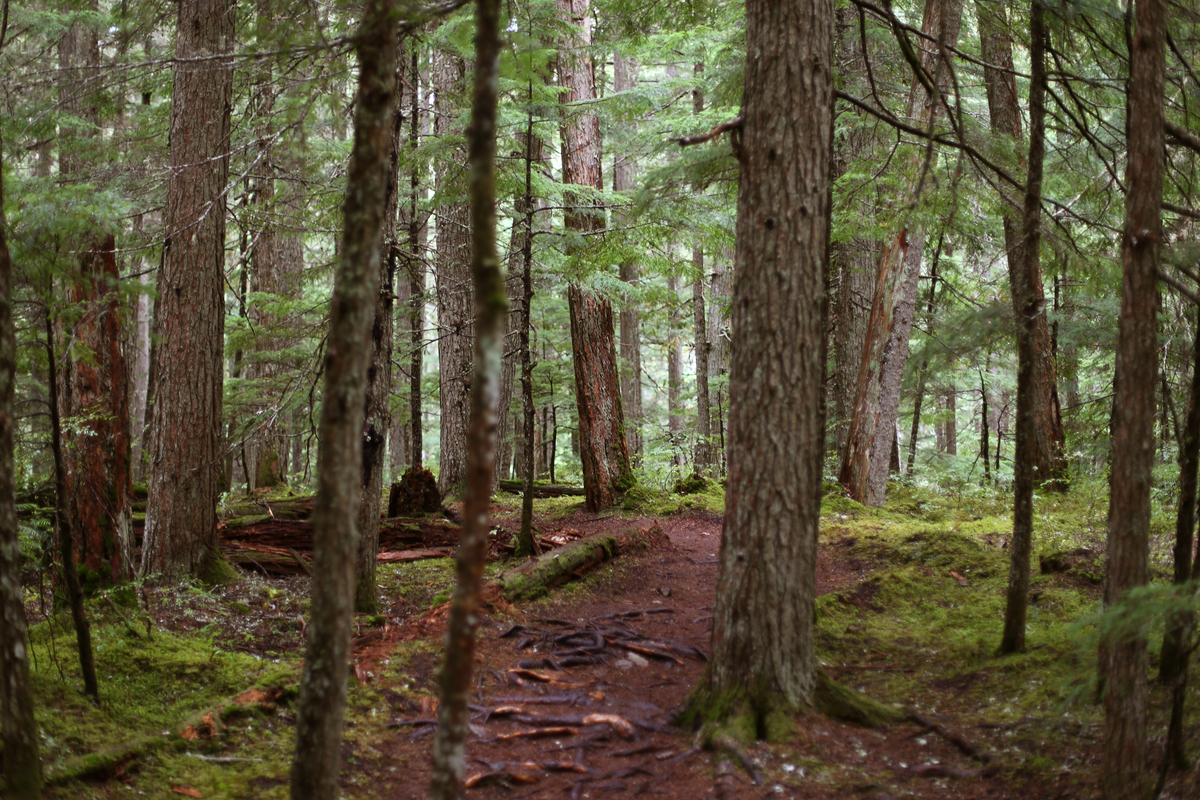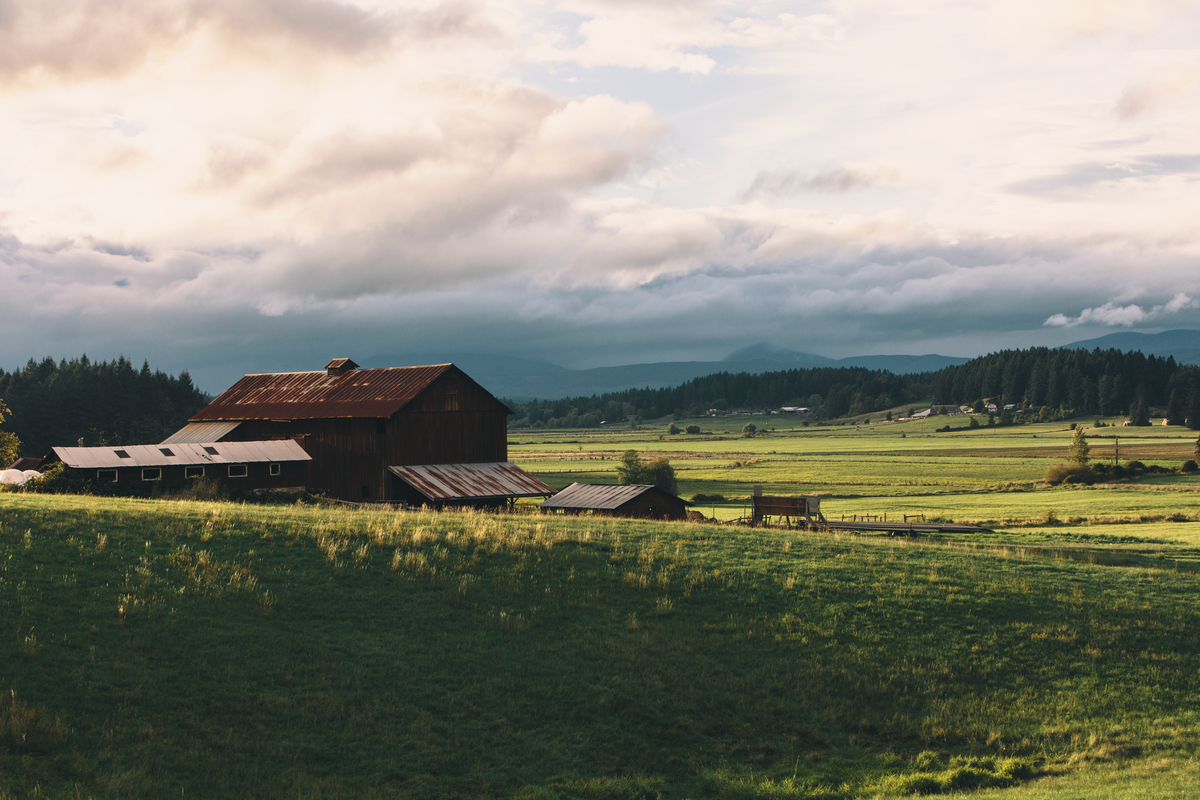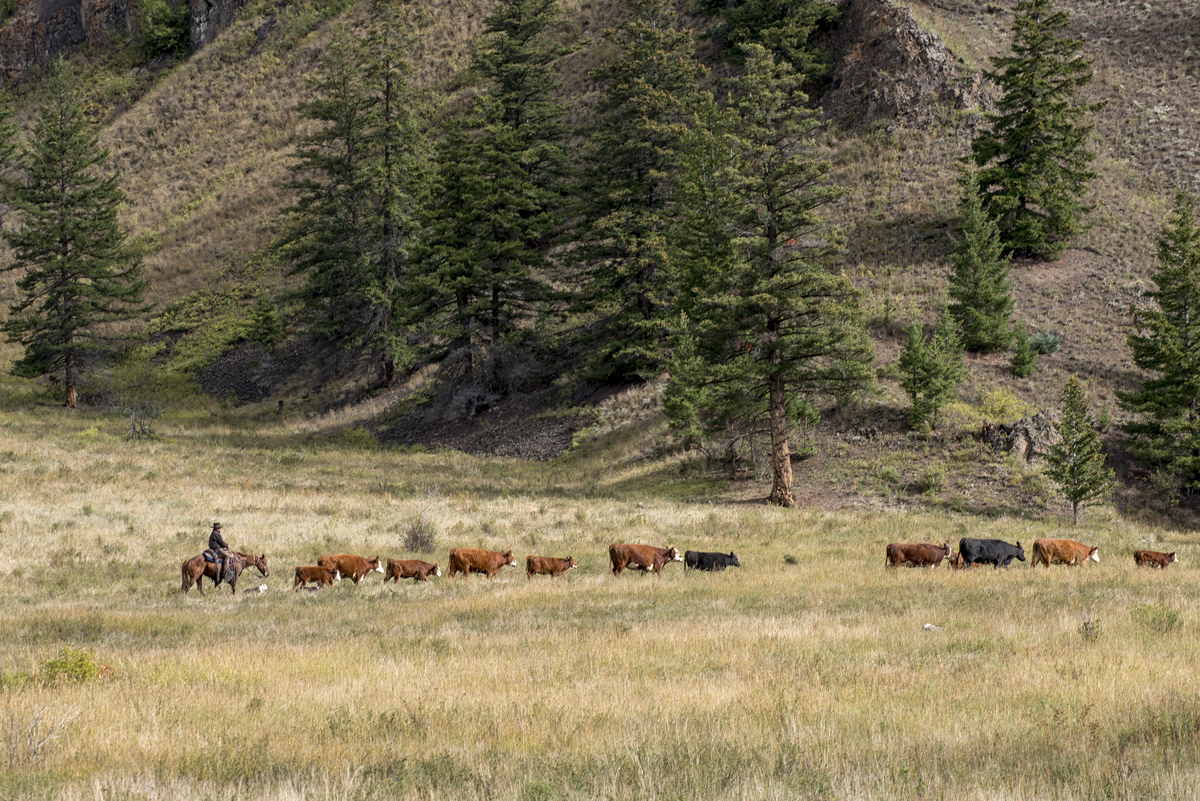Meanwhile, up the Sea-to-Sky Corridor, chef James Walt has long been a pioneer in sourcing local ingredients for the two restaurants he oversees in Whistler, Araxi and Il Caminetto, and continues to be inspired by the region’s natural splendour.
“We’ve got three beautiful valleys and amazing seafood, spectacular produce and a wine country that’s evolving at an impressive rate…For me, it doesn’t get much better—We’re literally spoiled.”
Walt was actually the first there to serve ethically raised beef from Pemberton, the same mountain town that is famous for its potatoes. In fact, the region’s spuds vie with those from Peru as some of the world’s best, and feature in the award-winning vodka created by Tyler Schramm at Pemberton Distillery as well as in the proudly local Hardbite Chips.



































